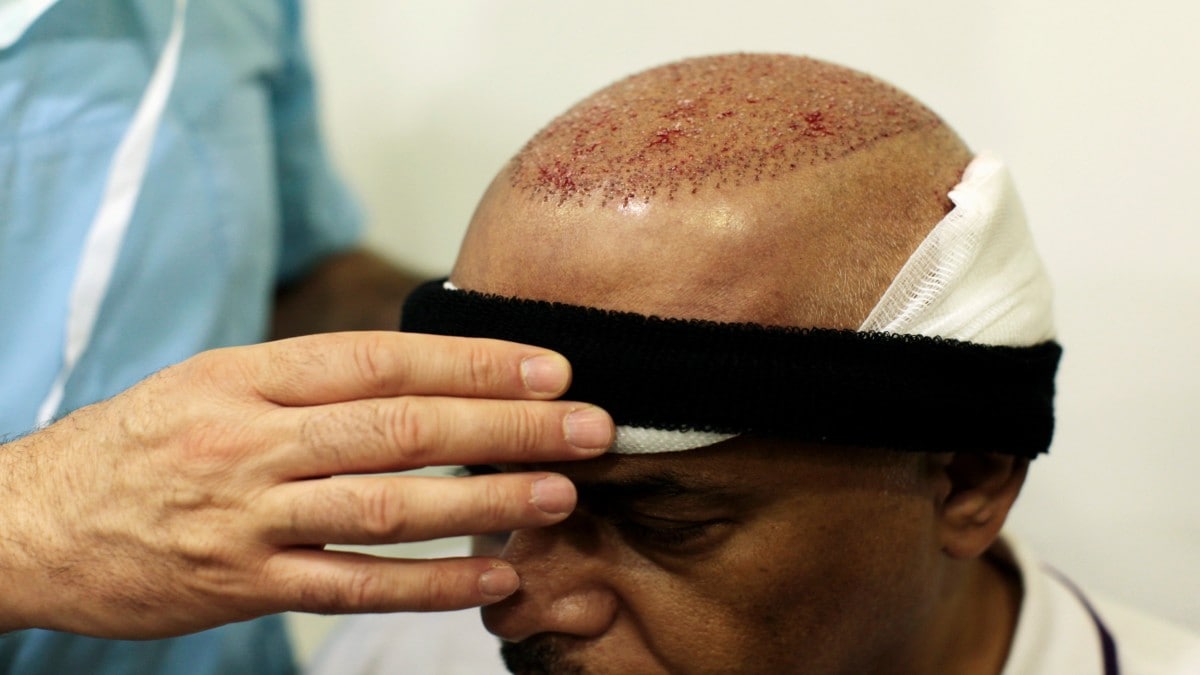Sitting is damaging your health but you already know that. A sedentary life is also bad for the country. Sitting costs the Netherlands €1.2 billion (Rs 10,660 crore) every year and leads to 21,000 premature deaths
)
People enjoy the sun, a beer and a cold footbath at cafe in Amsterdam. Twenty-six per cent of people in the country sit for more than eight and a half hours per day, says a research. File photo/AFP
How many hours do you spend sitting on your chairs? Five, eight, or more than 11? In the age of hyper-awareness, we know that sitting for long hours is bad for you. But that is not all. The ill effects extend beyond your health. It is also hurting the economy.
How ‘chair use disorder’ is hurting the Netherlands
“Chair use disorder” , as health experts call it, is plaguing the West. The Netherlands and Denmark are among the European Union nations that spend the most time sitting, according to new research.
Twenty-six per cent of the Dutch sit for more than eight and a half hours every day. This is above the European average of 11 per cent, says the report by the research firm TNO.
Sitting for long hours is proving to be deadly for the Netherlands. It leads to 21,000 premature deaths a year from cardiovascular disease, type 2 diabetes and cancer. It also burdens the country’s healthcare system, costing €1.2 billion (Rs 10,660 crore) annually.
Almost 64 per cent of the country sits for over eight hours a day. This puts almost two-thirds of its population at risk, Lidewij Renaud, a researcher, was quoted as saying by The Guardian.
However, if the number of hours Dutch people over 16 is reduced by a quarter, it would prevent 5,200 “sitting deaths” a year, according to TNO.
Why the Dutch sit for long hours
The Dutch are among the most sporty populations in Europe. It is not the lack of exercise but what people do with the rest of their time that matters, reports The Guardian.
Workers in the Netherlands, who sat for an average of 8.9 hours a day, spent most of this time doing office work and an hour commuting in 2022. The most chronic sitters were lawyers, economists, and IT workers – who spent up to 7.3 hours on their chairs. This is more than 7.2 hours of lorry drivers.
The problem is linked to the service industry and has only worsened after the pandemic because of a rise in work-from-home jobs. Technology is also to be blamed. People spend long hours on their chairs and sofas watching home entertainment and superfast delivery gives them little reason to leave.
Also read: Explained: How sitting at desk for prolonged hours is harmful for your health
Is there a solution to the ‘sitting’ problem?
The World Health Organization (WHO) has guidelines on physical activity and sedentary behaviour. It recommends at least 150 to 300 minutes of moderate aerobic activity per week (or the equivalent of vigorous activity) for all adults and an average of 60 minutes of moderate aerobic physical activity per day for children and adolescents.
“We have these guidelines to be active with moderate to vigorous intensity for 30 minutes a day from the World Health Organization, but that’s a very small portion of the day if you are awake for 16 hours,” Renaud was quoted as saying The Guardian.
Earlier in the year, the Dutch sports council urged the government to stand up more. “The networks in your brain that are involved in motor functioning show a large overlap with those networks that are involved in mathematics and language comprehension. If you skip physical functioning, you really harm the development of your other function,” Erik Scherder, a council member and professor of neuropsychology at the Vrije Universiteit Amsterdam, told the publication.
Also read: Do you sit for seven to 11 hours a day? Here’s why you need to get off the chair
Is this only a Dutch problem?
Not at all. It’s a problem that plagues the world right now.
In 2022, a survey on the sports habits of Europeans revealed that among the 24 EU member states, most respondents spent between two hours 31 minutes and five hours 30 minutes sitting every day. In Denmark, Greece, Sweden, and Belgium, close to 30 per cent spent more than five hours and 31 minutes sitting.
In the US, the average American adult spends about six and a half hours a day sitting, an increase of about an hour a day since 2007. Teenagers, aged 12 to 19, that number is eight hours a day, according to a 2019 report in The Washington Post.
One in four American adults sits for more than eight hours a day, another federal research from investigators at the US Centers for Disease Control and Prevention (CDC).
A 2014 study based on the Canadian Community Health Survey, Statistics Canada research, and the Public Health Health Agency of Canada, labelled sitting as the new smoking.
Almost a third of Canadians get a little exercise but spend most of the day being sedentary – an estimated 10 unbroken hours of sitting.
How sitting affects the economy
According to a 2014 report by the Conference Board of Canada and ParticipAction, getting a small number of Canadians out of their chairs could boost the economy by an estimated $7.5 billion (Rs 62,742 crore) over the next 25 years.
An additional $2.5 billion (Rs 20,914 crore) by 2040 could be saved on medical treatment for diabetes, heart disease, and cancer, said the report, titled “Moving Ahead: The Economic Impact of Reducing Physical Inactivity and Sedentary Behaviour”, reports CBC News.
Thy Dinh, a Conference Board of Canada researcher and one of the report’s authors, said that Canadians who live healthier lives would have less absenteeism at work and reduced disability, resulting in a larger, more productive workforce. “Improving the health status of Canadians through increased physical activity and reduced sedentary behaviour can lead to longer, healthier lives and the expected productivity gains would be of significant benefit to the entire country.”
A modest increase in physical activity by 10 per cent of the population would raise Canada’s gross domestic product by $931 million (Rs Rs 5,640 crore) in 2030 and nearly $1.6 billion (Rs Rs 9,700 crore) higher by 2040, the CBC reports.
Another research published in the Lancet in 2016 said that a sedentary lifestyle cost the world $67.5 billion (Rs Rs 31,470 crore) in 2013. That was equivalent to the GDP of Costa Rica in the same year.
Our collective lack of exercise comes at a heavy cost. So get off that chair and take a few steps.
With inputs from agencies

 5 months ago
10
5 months ago
10


















)
)
)
)
)
)
)
 English (US) ·
English (US) ·